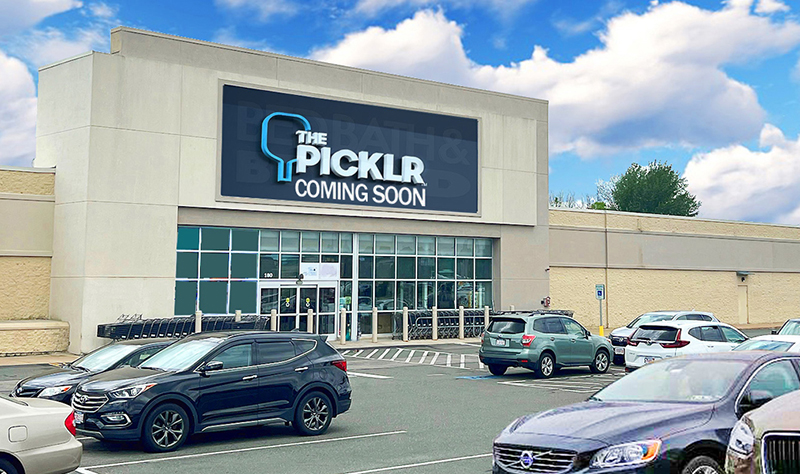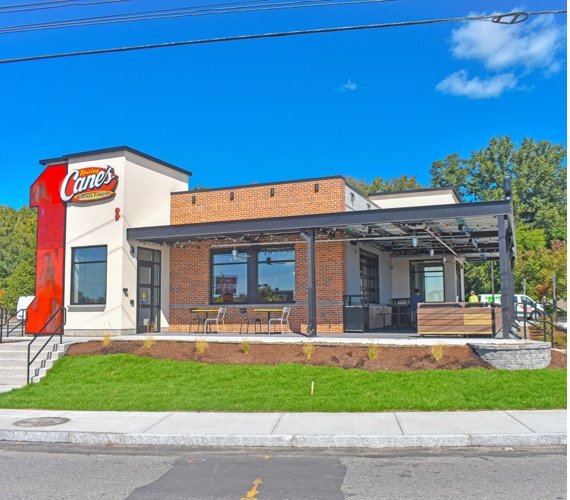News: Retail
Posted: September 26, 2013
Question of the Month: What is an ALTA Survey and how does it benefit the lender or property owner?
When investors and developers plan on purchasing or refurbishing a high value property, their financial institution usually requests that they obtain an ALTA/ACSM Land Title Survey (ALTA). Primarily, they are requested for properties of a commercial or industrial nature or a large residential complex. They may be requested for a single family property, however this is rare.
First, what is an ALTA Survey and what information does it provide both the lender and the client or property owner? A basic ALTA has the objective of providing a complete and thorough boundary survey of the site, with all of the required deed, plan and records research, as well as, field location of existing monuments. The plan will also indicate any encumbrances, such as easements and rights-of-way. The survey will also identify access to the site and, without making a legal opinion as to their status, the location of evidence of other access to the site from neighboring properties. Improvements are noted along the boundary borders in order to identify potential encroachments, either by the abutting properties onto the surveyed property or vice versa. The survey crew will also locate any existing buildings on the site. Evidence of easements affecting the site that are either found in the records research or observed as a potential encumbrance such as drainage ditches and possible utility lines crossing the site will also be identified. In short, the plan will indicate what the exact dimensions of the property are; what access exists; any easements or other potential encumbrances; and potential encroachments, either by abutters and the general public or by the site's improvements and occupants onto others. Throughout the process, the land surveyor's responsibility is to identify and locate accurately the required information and points of interest. The resolution of any title or easement issues will be handled by the client's attorney and title insurance company, if involved.
Beyond that, the lender may, and usually does, require additional information from Table A of the ALTA Standards. Table A lists optional additional items to be provided on the survey. These could include topographic elevations of the site; flood zone classification; zoning classification with associated setbacks; additional site features such as parking lots and landscaping; detailed utility information including manholes, water and gas gates, and overhead utility lines; wetlands; and any information related to anticipated changes in the right-of-way. The client may also request that new monuments be set at the determined lot corners, if they are missing.
In the hundreds of ALTA Surveys our firm has been engaged in, there have been some instances of both minor and major issues uncovered that needed to be addressed. These have included title/ ownership issues with conflicting titles between abutters. There have been parking facility, fencing and auxiliary structure encroachments where continued legal use needed to be resolved. We have sometimes found utility lines serving others crossing the site in question without an easement and conversely, the surveyed site having no easements for the utility lines servicing it. The signage for some sites have been found to be in the public right-of-way rather than on the property within the required zoning setback. Property owners downstream on a bordering waterway were found to have flowage rights and the ability to dam the waterway. This created the potential of raising the water level on our client's property, inhibiting the use of what is currently high and dry land. One can easily see the need to identify problems in order to rectify them.
When millions of dollars of value are at stake, both the lender and potential property owner/investor should take due care in understanding exactly what they are buying and that their investment is sound. A clear title is important and what is included with it. If there are easements or rights-of-way, are they important to the use of the site or a hindrance to future use or expansion? Are there encroachments that could cause title problems or prohibit the full use of the property? Is it possible to resolve any problems prior to closing? Does the site have the necessary rights of access and utilities for full enjoyment of its intended purpose? All of these issues need to be fully explored and understood in order to protect market value.
Robert Cormier, PE is president of Cuoco & Cormier Engineering Associates, Inc., with offices in Nashua, N.H. and Tewksbury, Mass.
Tags:
Retail
MORE FROM Retail
Mace of KeyPoint Partners negotiates 36,192 s/f lease for The Picklr at Endicott Square
Danvers, MA KeyPoint Partners (KPP) negotiated a lease with the nation’s premier indoor pickleball venue The Picklr at Endicott Sq. Vice president of retail brokerage Don Mace negotiated the transaction on behalf of the landlord.




.jpg)



